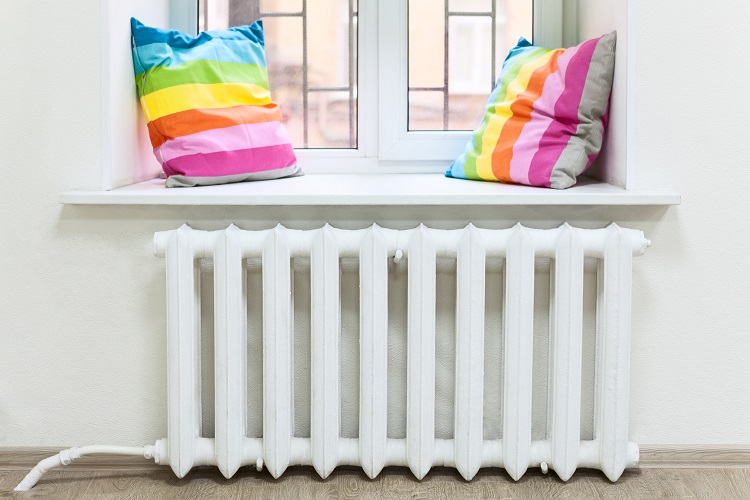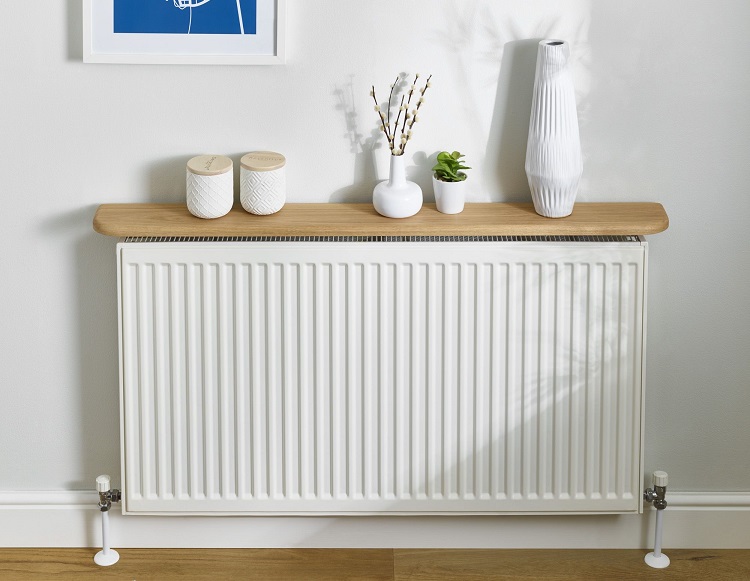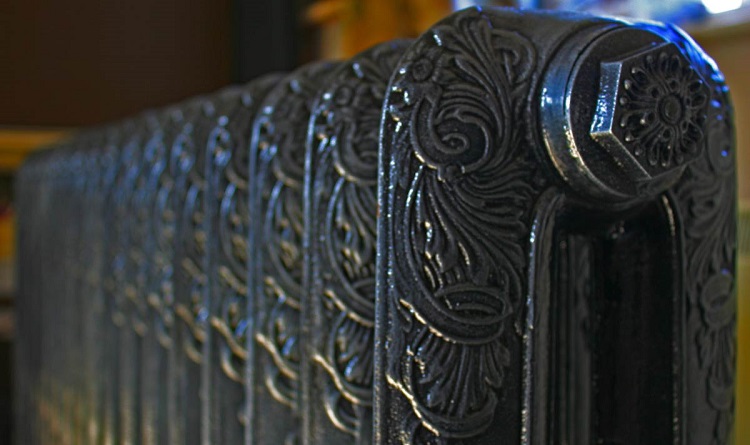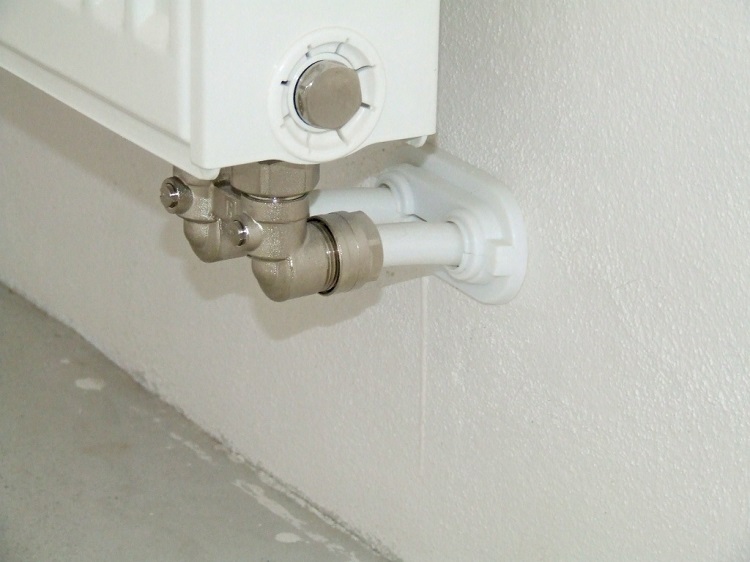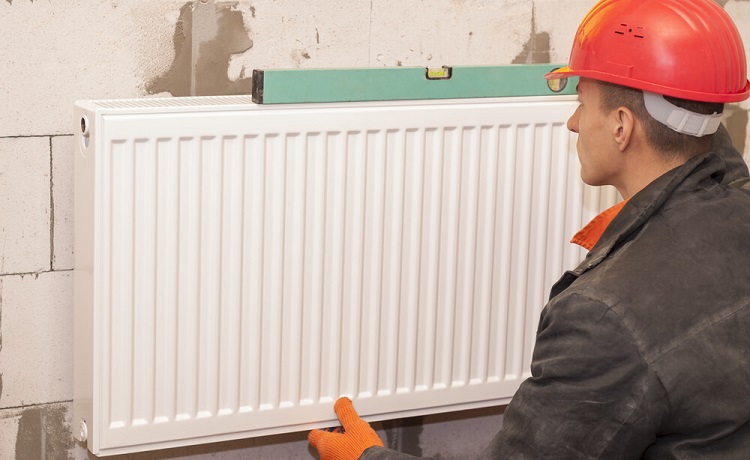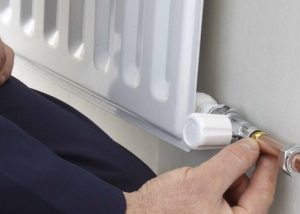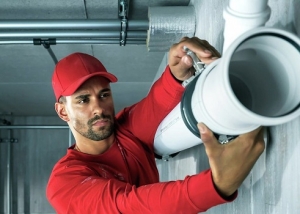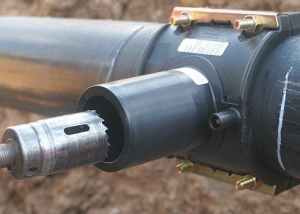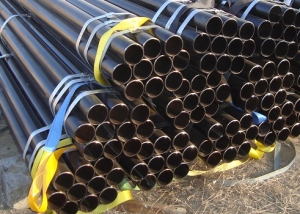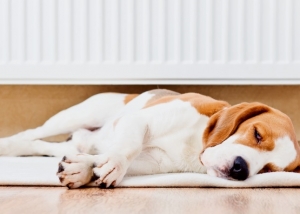The room cannot be called comfortable if in winter it will not be maintained at normal temperature. Having studied the options for connecting heating radiators, it is easy to choose an effective circuit. She, like blood circulation in the body, will support the "life support" in the building. It is wrong to do something according to the scheme that was advised without taking into account the heat transfer indicators of the radiator and number of storeys. In productive work, many factors are taken into account, especially the method of connecting the batteries and the type of coolant circulation.
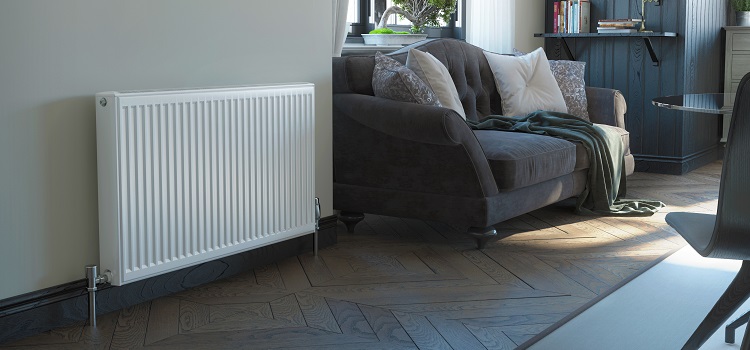
The method of connecting radiators depends on the area of the room, the number of storeys of the house and other factors
Content
We determine the best place for mounting radiators
The heating operation scheme with a competent approach will confirm its effectiveness for years. In a private house, in practice, indicators of effective connection of heating radiators are noticeable:
- all rooms have a comfortable temperature;
- warm batteries have access to air circulation;
- the joints of the pipeline and radiators do not leak;
- effective and economical scheme;
- at any time, you can turn off the heating of one of the rooms in order to carry out an emergency replacement of part of the heating equipment.
For beginners in this matter, it seems that it is not so easy to achieve a comfortable temperature in each room. But these schemes have been working in different buildings for decades, which proves that there is nothing complicated. Regardless of the method of supplying hot water, which is filled in the heating system, each of the radiators must have its own input and output in order to provide a "return".
The radiator itself or a metal tube-shaped structure for heating the air in the room forms a certain protective screen from the cold that enters from the window. Floors, walls and ceilings also freeze gradually, but most often radiators are placed under window sills. The heat in the house or auxiliary building will directly depend on the location of the batteries, on their number (heated surface area).
There are distance standards for radiators that provide the greatest heat transfer:
- to the lower edge of the windowsill about 10-12 cm;
- to the wall - 10-20 cm
- to the bottom surface (floor) - 12-15 cm.
The laws of physics justify the location under the windows of a heating appliance - cold air is heavier than warm. From the windows he “slides” onto the radiators, warming up, rises and spreads around the room. If the room has no windows, only swinging balcony doors with glass, of course, you can’t put a battery at the doorstep. In this case, the correct installation is on the side of the balcony, in close proximity to the door along the wall.
Advice! Be sure to follow the technical standards for connecting radiators described in SNiP 3.05.01-85.
In a similar way, the heating system is installed at the front door, if we are talking about the radiator sections in the hallway. In city apartments they are rarely made in the corridors and hallway. But this installation rule makes sense in the private sector, when the door opens directly to the street, and frosty air instantly fills the room.It is recommended during installation to maintain the distance from the floor and wall specified in the recommendation. If necessary, these values are usually corrected.
Large format radiators or with a large number of compartments (8-16) give a lot of heat, but they need enough space for installation. Water reaching the last sections will be colder than coming into the beginning of the radiator from the pipe. This is also important to consider when choosing a variety of ways to provide heat to the battery.
Important! When radiators are shielded with decorative shields for the sake of aesthetics, their heat transfer is significantly reduced.
Do not mount the screens tightly. On frosty days, the heating system is opened as much as possible, the furniture next to it is pushed aside, and heavy curtains are lifted onto the window sills at night. So the heat transfer, with any option for connecting heating radiators, is increased by 15-40%. Do not mount batteries behind built-in furniture!
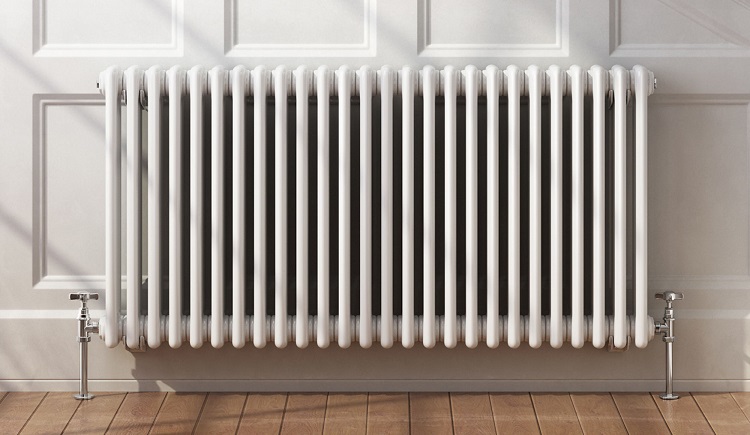
Multi-section radiators give a lot of heat, but such units need to be installed away from each other
Experts also do not recommend installing 2 radiators close to each other, so that the density of the warm air flow does not reduce near the wall from the installation of brackets. The farther the air heating blocks in the room, the more evenly it will warm up, circulating around the house.
What to choose heating radiators
When choosing a model of heating radiators, they focus not on their preferences, but on the most important indicators:
- Ability to respond to increase / decrease tº of the system.
- Radiator warm-up time and the ability to retain heat without supplying warm water.
- The operating pressure of the system, which is crucial when connecting heating in an apartment building and is less significant in the private sector (self-flowing and forced circulation). These calculations for radiators are measured in bars or atmospheres (within 3 to 10 units).
- Modular variability or an affordable increase in the number of sections.
- Ability to work in a closed system equipped with automation, and heat regulation in a house with a thermal relay.
- Access to flushing blockages and eliminating air congestion.
- Thermal power of heating devices, they are guided by it while providing heat to large areas (about 10 kW goes to 10 m²).
Most of the radiators offered in the distribution network are suitable for mounting a system with a large number of sections in any connection scheme. Structurally, they are panel and sectional.
Factory-assembled panel radiators guarantee a tight installation in the room. They are designed for the strength of water hammer, so in urban apartments this format is preferred.
There are also designer and highly specialized heating devices that are designed to solve a specific problem, even if it will be in minus the flow of warm air. Plinth convectors that do not affect the design of the room are also offered. But they are more often purchased for offices and trading floors to work in a system with thermal curtains at the entrance.
You can purchase heating radiators from different materials:
- cast iron;
- brass;
- copper;
- steel;
- aluminum;
- bimetallic;
- composite;
- metal-plastic;
- from high-tech alloys.
Design options are aesthetically pleasing - batteries do not shield, hiding their location. Often this is a completely independent decor of an unusual configuration. Their only drawback is the high cost.
The most convenient heating devices in operation are of a simple design with a high degree of corrosion protection. These are stainless steel, chrome plating and plastic coated composite materials. These models can be used in multi-apartment and private houses - any version of the radiator connection scheme.
Important! For rooms with high humidity, it is better to purchase batteries that do not require painting.
How is the circulation in the heating system
Water poured into the heating system circulates with flow from above gravity. But this is also done by force, depending on the scheme and type of boiler - you need a special pump that delivers water under pressure. It can direct water to supply and return risers. This is provided for in the design of the boiler, providing a forced water supply system.
Natural fluid circulation through pipelines is applicable where interruptions in power supply are occasionally noted. If the pump works from the mains, then the heating boiler will not be able to work autonomously (non-volatile option). Water moves from the heated room to the garage and workshop through the system, due to the displacement of the heated volume of cold water.
With the correct installation of heating appliances and radiators, any circuit works effectively. The implementation of the connection options depends on several components, including the features of the water distribution and the total length of the heating main.
The first way - a one-way connection of the radiator offers a scheme with a supply pipe and leading to one section. There is a feed into the upper hole and a "return" through the lower hole. This simplest circulation method guarantees uniform heating of each battery module. A large number of sections (12-15) in single-pipe distributions gives noticeable heat losses, which are minimized in versions designed for increased power of radiators.
Advice! Use a rational one-way heating circuit with a return to the bottom in a one-story building, even when it is planned to install multi-section radiators.
Another way to connect heating equipment is saddle. It is also called the bottom connection of heating radiators in a private house. When the pipeline is brought out under the floor, this option remains the most relevant. The heat transfer pipe and the discharge fragment are mounted to the lower pipes of the opposite elements. This connection method has a low efficiency - heat loss of about 15%. But at the top of the radiator there is uniform heating. In order to save this scheme, it is easy to block one room from ordinary ball valves.
With low heat transfer per battery for the heating season, it is recommended to install foil material on the substrate - penofol or isospan. This will provide the effect of reflecting heat into the air instead of absorbing heat from the finish. Niches for radiators can be covered with white paint or washable wallpaper in bright colors.
The third option is a diagonal connection method with a two-pipe scheme. This is the so-called cross-connection, designed for a large number of battery sections. A well-designed design involves the inclusion of self-regulating systems from the relay. The supplied coolant is distributed evenly inside the radiator, providing decent heat transfer. The main supply goes from the upper side of the radiator, the coolant, passing through all sections, goes to the "return" from below from different sides.
Note! The minimum heat loss will be with the diagonal connection of radiators. With the uniform passage of warm water from top to bottom, up to the radiator collector, they make up no more than 2-5%.
Experts recommend adhering to temperature standards and a certain installation technology, so that the system works in the optimal mode and without air jams.
Connection options for heating radiators: what is important to consider when installing
Any heating modules are mounted in the horizontal / vertical direction.A slight horizontal inclination even at 1 ° leads to clogging and airing of radiators, regardless of the number of pipes, especially with horizontal error.
If there are several heating modules in a room, keep in mind that they should all be on the same level, especially when choosing a two-pipe battery connection scheme. And compliance with the recommended interval from the walls, floor and window sill gives (from 5 to 15 cm) provides sufficient circulation of heated air.
It is advisable to compare the length of the battery and the window sill - vary within 75% of the window format. But the heat transfer indicators are associated with the correct installation of radiators to the supply and return pipes.
The choice of scheme is directly related to the type of coolant circulation - natural (top to bottom) and forced. Any self-propelled movement is also associated with the expansion of the heated water filling the radiators in turn. The cooling water is returned to the boiler. The batteries of the upper floor (level) are recommended to be equipped with taps for air discharge from the Mayevsky crane, and the boiler should be installed in the basement or in a separate boiler room.
In houses of large area with outbuildings and auxiliary rooms, where heating is mounted from the general scheme, it is better to entrust the project to specialists of the profile company. Buildings of a small area can be provided with heat independently - according to a one-pipe scheme.
